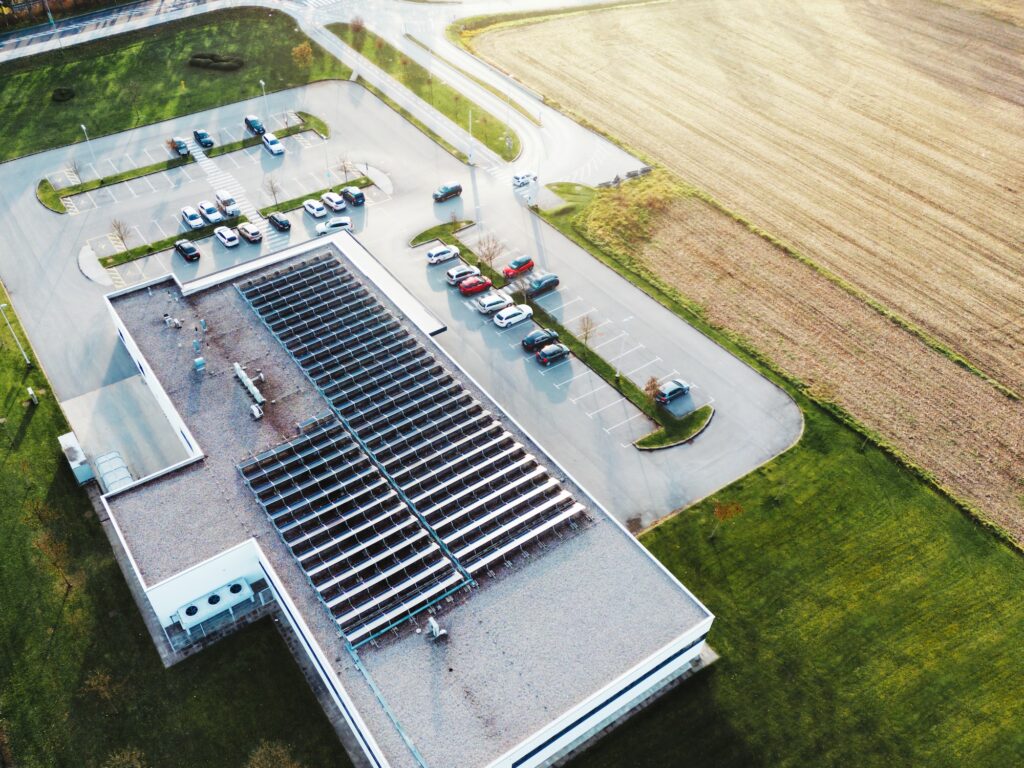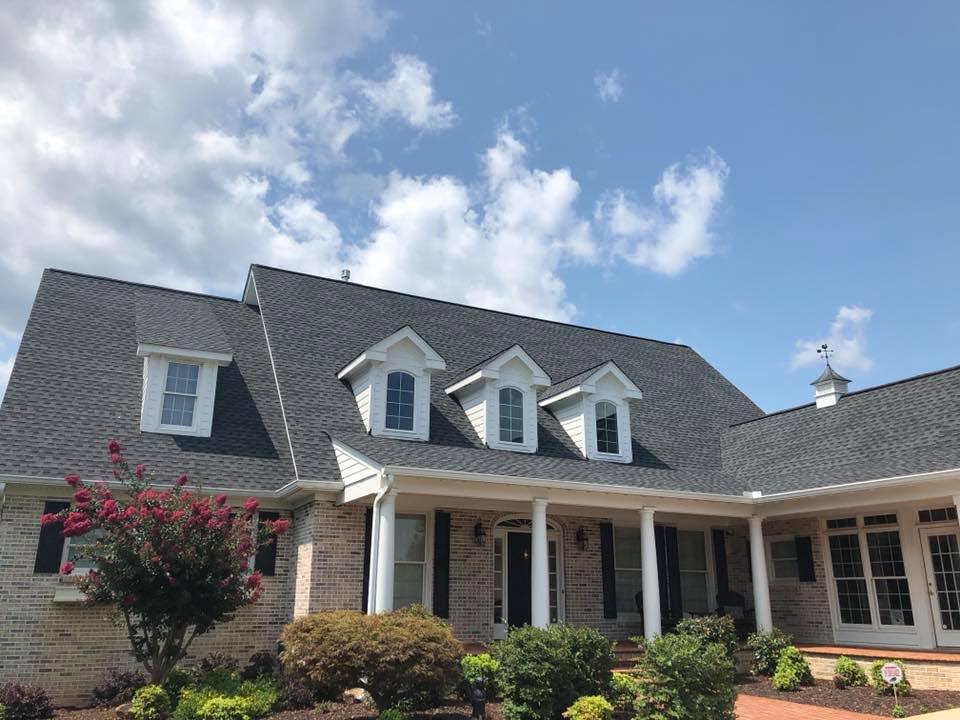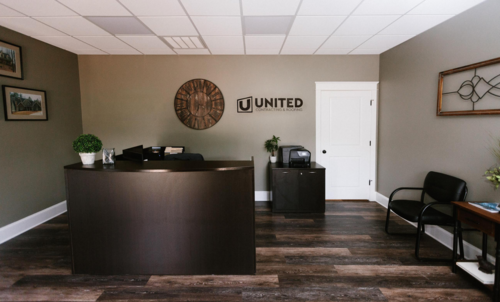Developing a comprehensive roof asset management plan is crucial for maintaining the integrity and longevity of your commercial roofing system. At United Contracting & Roofing LLC, we emphasize the importance of proactive planning to safeguard your roofing investments. Here are the essential steps to create an effective roof asset management plan.
Roof Inventory
A detailed roof inventory is the foundation of an effective management plan. This inventory should log all pertinent information about your roof, including:
- Roof Photographs: Visual documentation of your roof’s current state.
- Location or Site Drawings: Detailed diagrams indicating roof sections.
- Overviews of Each Section: Comprehensive descriptions of each roof area.
- Projection Count and Square Footage: Measurements of your roofing system.
- Installation Year: The year your roof was installed.
- Types and Materials of Your Roofs: Specifications of the roofing materials used.
- Roof Access Plotting: Maps showing access points to your roof.
- Projected Sensitivity Level: Assessment of areas prone to damage or wear.
This inventory serves as an audit of your roof’s characteristics, providing essential data for further assessments and planning.
Roof Assessment
Conducting a thorough assessment of your roof’s current condition is vital. This process involves regular inspections to identify potential issues such as leaks, damaged shingles, and debris. Factors to consider include:
- Roof Age: Older roofs may require more frequent maintenance.
- Building Location: Areas prone to storms or harsh weather conditions.
- Roof Types and Materials: Different materials have varying lifespans and maintenance needs.
- External Factors: Environmental and structural influences affecting your roof.
A comprehensive assessment helps predict the lifespan of your roof and prepares you for future maintenance, repairs, or replacements.
Future Roofing Work
Planning for future roofing work involves outlining the types and frequency of projects over the next five to ten years. This section should reflect realistic parameters based on your inventory and assessment. Consider scenarios such as:
- Structural Renovations: Major changes that could affect roof stability.
- Roof Deck Installation: Adding new features to your roofing system.
These plans ensure that you are prepared for any necessary improvements or adjustments to your roof.
Roofing Cost Estimates
Based on your data, project the expenditures required for immediate and future roofing work. This helps in budgeting and allocating funds for necessary improvements or repairs. Estimating costs ensures you are financially prepared for maintaining your roof’s integrity.
Hire a Professional to Build Your Roof Asset Management Plan
Given the complexity of creating a detailed roof asset management plan, hiring a professional roofing company saves time and ensures accuracy. Professionals can conduct thorough audits, assessments, and provide expert recommendations tailored to your specific needs.
Conclusion
Creating an effective roof asset management plan is essential for extending the life of your commercial roofing system, enhancing maintenance processes, and preventing costly repairs. At United Contracting & Roofing LLC, we offer comprehensive services to help you develop a robust plan. Whether you manage a single building or multiple facilities, our expertise ensures your roof remains in optimal condition.If you want to know more about Optimizing Heat Resistance: Helping Your Roof Stay Cool, click here.








